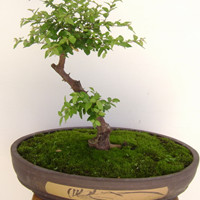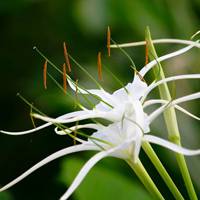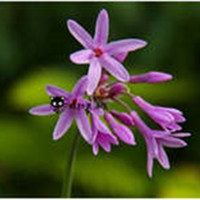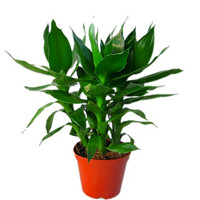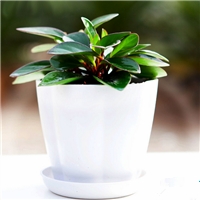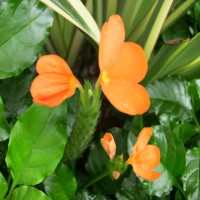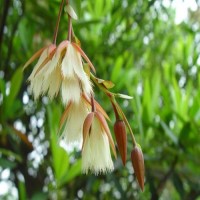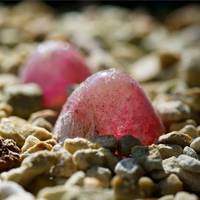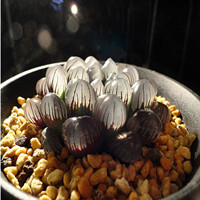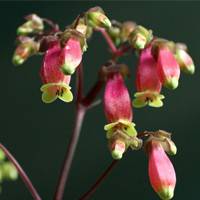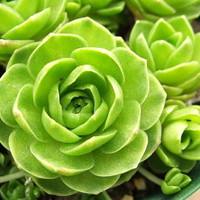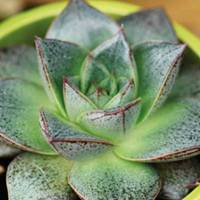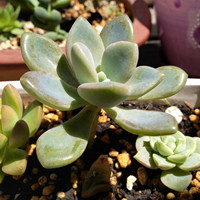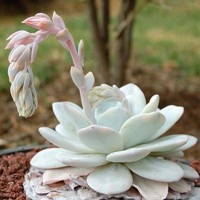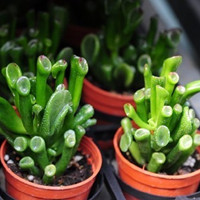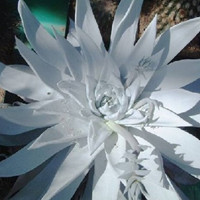Introduction
Plant and animal cells are two different types of cells that make up all living organisms. Despite their similar functions, these two types of cells are quite different in terms of their structure and composition. In this article, we will explore the various differences between plant and animal cells.
Cell Structure
One of the most noticeable differences between plant and animal cells is their physical structure. Plant cells are enclosed by a cell wall, which is made up of cellulose. This wall provides the cell with support and helps it maintain its shape. In contrast, animal cells do not have a cell wall. Instead, they are surrounded by a plasma membrane, which regulates the movement of molecules in and out of the cell.
Plant cells also contain a large central vacuole, which takes up about 90% of the cell's volume. This vacuole stores water and helps maintain the cell's turgor pressure. In animal cells, vacuoles are smaller and less prominent.
Cell Organelles
In addition to the differences in their physical structure, plant and animal cells also contain different organelles. Plant cells contain chloroplasts, which are responsible for photosynthesis. Chloroplasts contain chlorophyll, a green pigment that captures sunlight and converts it into chemical energy.
Animal cells do not contain chloroplasts, but they do contain mitochondria, which are responsible for cellular respiration. Mitochondria produce ATP, which is used as energy by the cell.
Plant cells also contain other organelles not found in animal cells, such as a cell plate, which helps in cell division, and a plasmodesmata, which allow the exchange of materials between adjacent plant cells.
Cell Function
Despite their structural differences, both plant and animal cells carry out many of the same functions. Both types of cells are involved in processes such as cell division, protein synthesis, and cellular respiration.
However, plant cells have a unique function in that they are able to carry out photosynthesis. This process allows them to convert sunlight into energy and produce oxygen as a byproduct. Animal cells do not have this ability and must obtain energy through other means, such as consuming other organisms.
Conclusion
In conclusion, plant and animal cells have many differences in terms of their structure, organelles, and functions. Understanding these differences is important for understanding the biology of various organisms and their adaptations to different environments. Despite their differences, both types of cells are essential for life and play critical roles in the functioning of various organisms.

 how many times do yo...
how many times do yo...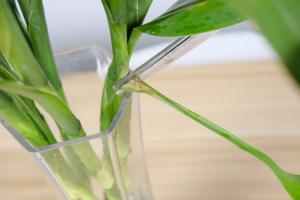 how many planted tre...
how many planted tre... how many pine trees ...
how many pine trees ... how many pecan trees...
how many pecan trees... how many plants comp...
how many plants comp... how many plants can ...
how many plants can ... how many plants and ...
how many plants and ... how many pepper plan...
how many pepper plan...
